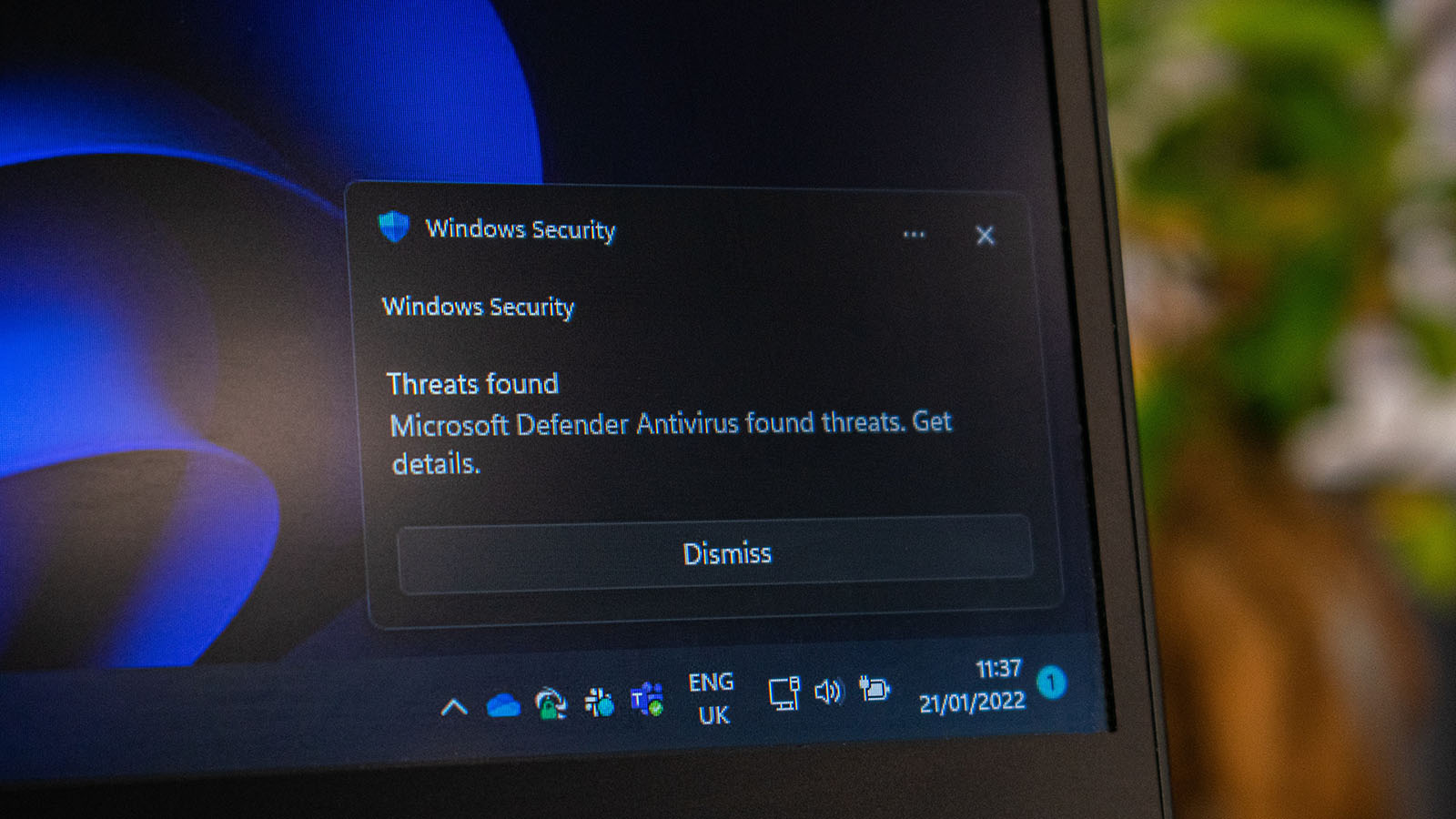“What are we to make of the Windows operating system today?”
It’s a question CIOs regularly ask me. Technology leaders are supporting two or three versions of Windows in their fleet of laptops and desktops. They are constantly updating the OS and apps. And the increasing sophistication of this software requires equally robust hardware specifications to deliver a good user experience consistently.
Cloud-based services and apps have become more important for Microsoft and for end-users. Windows PCs remain the workhorse for companies around the world. PC shipments declined in Q1 2022, but revenues actually increased. And roughly 76% of all PCs still run on Windows, according to Statista. Clearly, the laptop or desktop endpoint is still vital for productivity even as the use of BYOD and mobile devices are commonplace for today’s Windows- and web-based workspaces.

